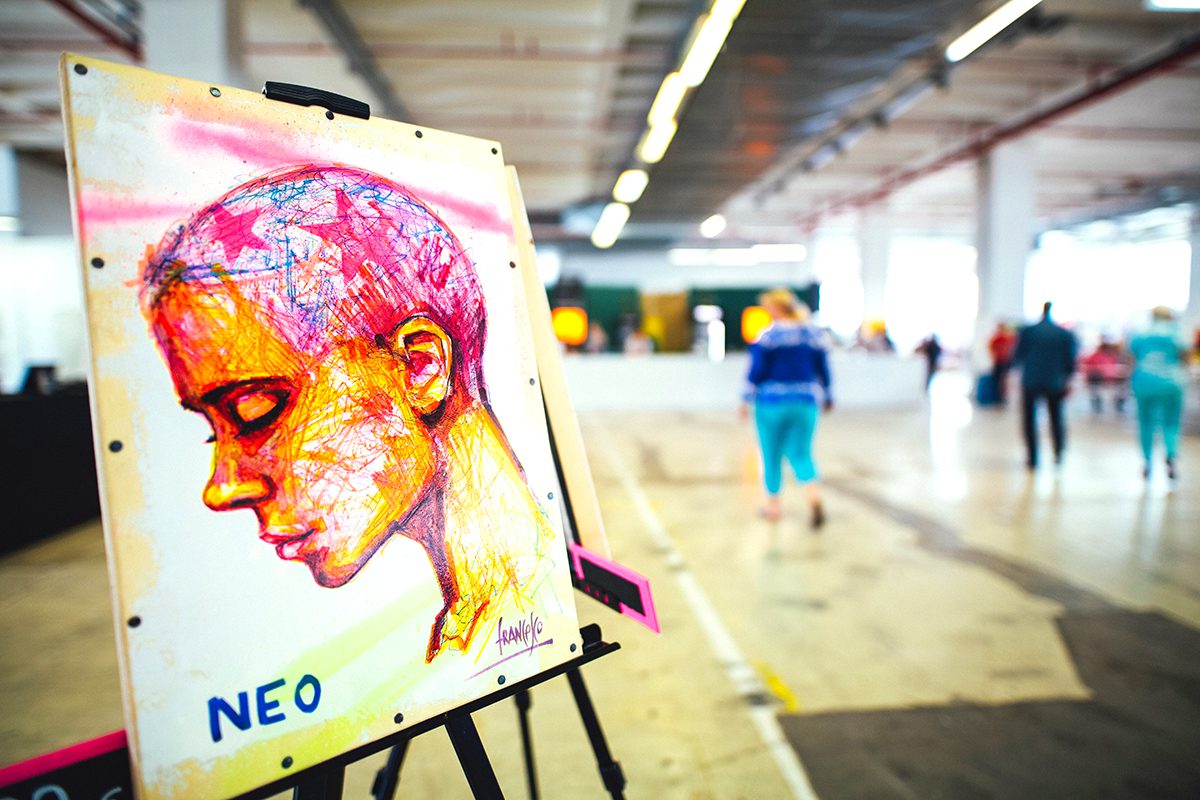The end-of-the-year art show is a capstone experience for student artists. Whether it’s their first or fourth year in your program, it’s a thrilling achievement for your students as they show off their work to family and friends. Why not share that excitement with a larger community of artists? Turn your end-of-the-year art show into an event celebrating all of the arts programs on your campus! With a bit of planning, you and your colleagues can create a collaborative exhibition to remember.
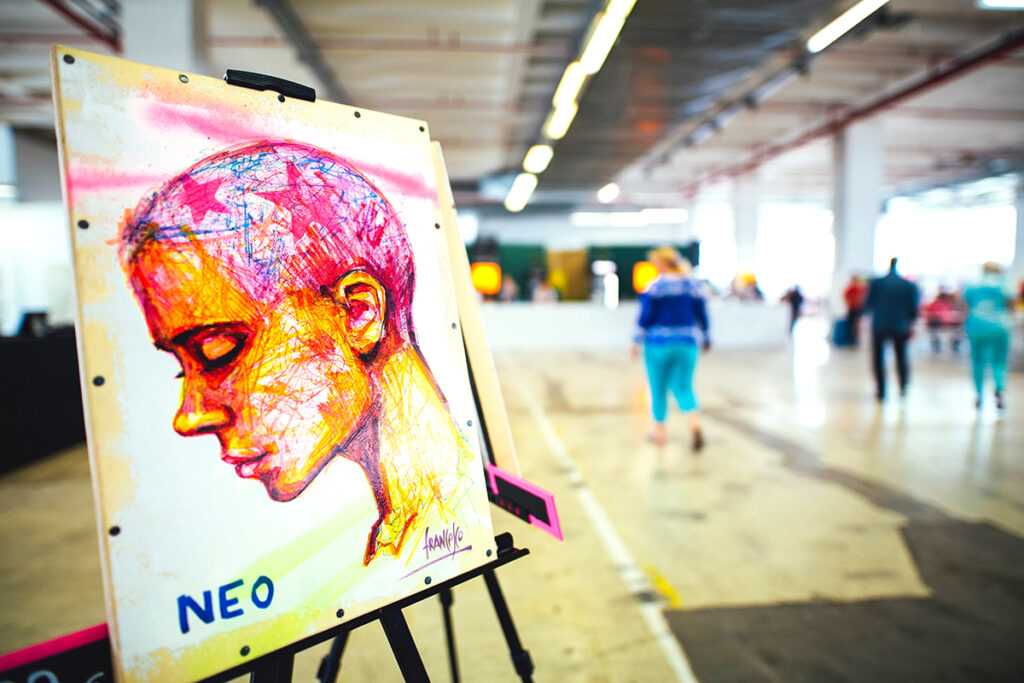
Why include the performing arts in a visual art show?
There are many reasons why combining forces with performing arts teachers in your building can benefit everyone. Aside from the extra help from your colleagues and the larger audience your show can reach, here are three main reasons to invite additional programs:
1. It builds a sense of community and collaboration for students and staff.
Many art teachers are “siloed,” meaning we are the only visual art teacher in our school. Working toward a common goal with other arts teachers on campus makes you less of a “silo” and includes you on a team. This collaboration will benefit you, and working together will help support your students. Friendships and positive teamwork between teachers are proven assets to the entire school community.
2. It demonstrates the connection between disciplines.
Dance, band, chorus, theatre, and visual arts are all part of the arts. Although the final products take different forms, the process is often very similar. Composing a tune, choreographing a dance, writing a script, and creating a collage all go through phases of ideation, research, brainstorming, experimentation, critiques, reflection, revision, and more! When students see all types of work come together in one culminating event, it helps them see this connection. It can also foster a deeper awareness and understanding of the arts and creative process. According to Americans for the Arts, “research has also shown impressive benefits of arts education on entire school culture—especially student motivation, attitudes, and attendance.” In promoting all of the arts programs, you and your colleagues can enrich the culture of your school.
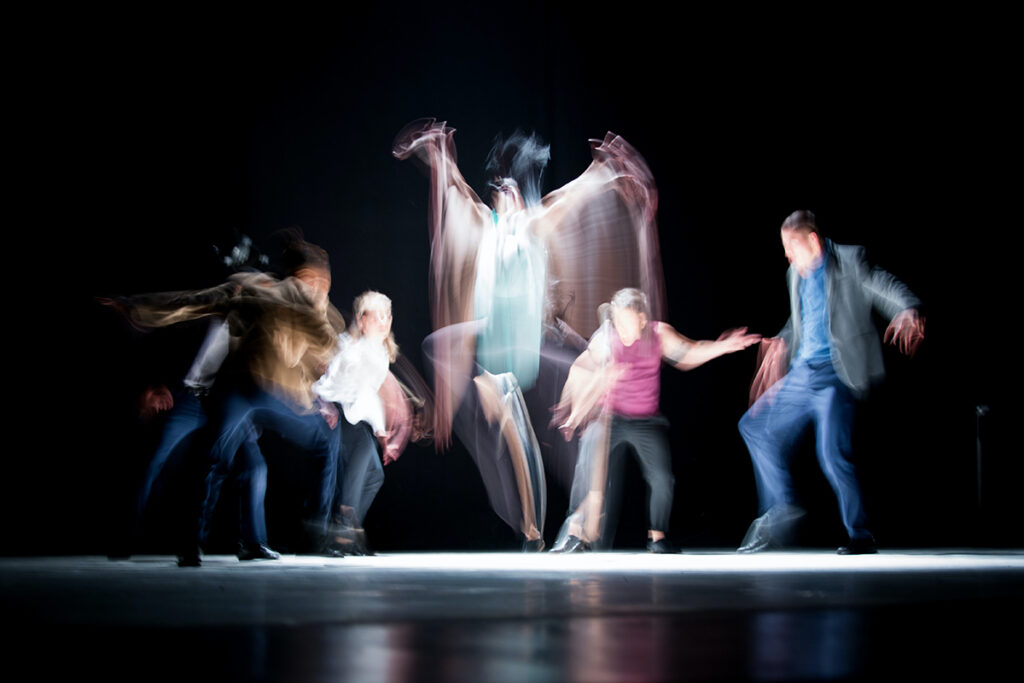
3. It appeals to the many interests of students.
Students are multifaceted. When students can take multiple electives during the school day, they may find more than one creative outlet. How fun would it be for a student to perform in the barbershop quartet, just steps away from their own painting? A multi-discipline event will also broaden possibilities for your students. Perhaps an instrumental music student will be intrigued by a ceramic piece they see on display and sign up for your class next year.
How do I plan and promote the event?
Involving all of the arts means there are more people and factors to coordinate. A broader scope doesn’t mean things will necessarily be more difficult. It just means you will need to work smarter ahead of time! Delegate responsibilities to all those extra people and truly make it a team effort.
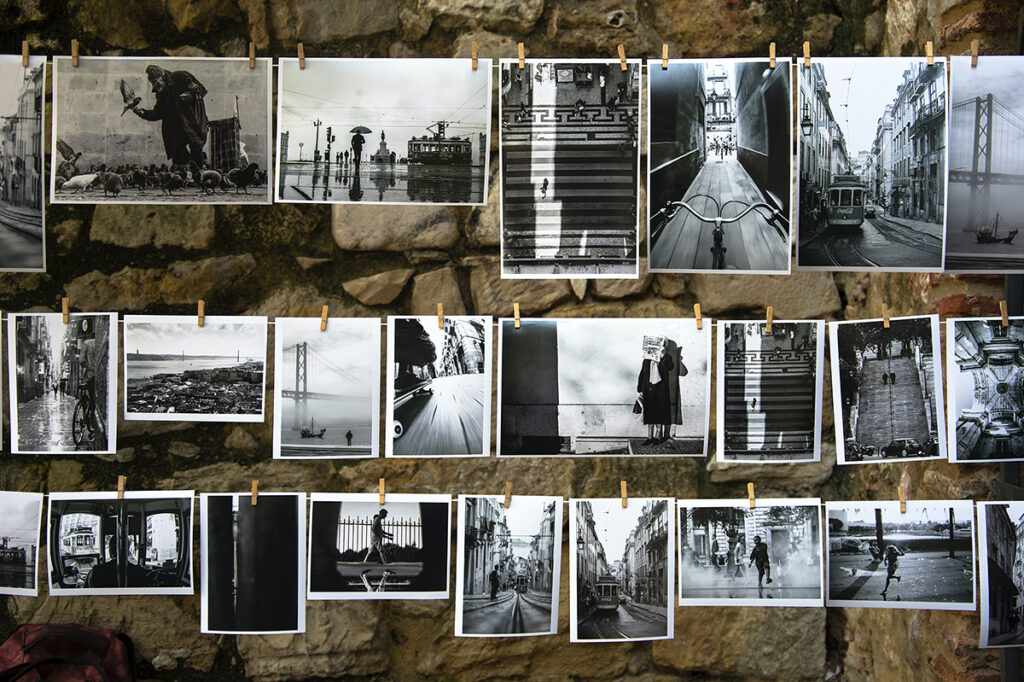
1. Plan with your colleagues in advance.
Check in with all of the arts teachers on your campus. Ask them for small groups of student performers they would recommend. Clarify what level of involvement they would like. For example, do they want to coordinate the performers or will the performers report to you? Consider technical details such as equipment (speakers, microphones, power outlets) needed for each performance. Don’t forget to coordinate with the custodial staff to ensure everything is ready for the show!
2. Determine a good location.
Consider where you are going to showcase your artwork. Will the show work best in the school gymnasium, in the art classrooms, or offsite? Make sure whatever location you choose will also allow for performance space. Consult with the performing arts teachers and get their feedback. Discuss the traffic pattern and flow of the audience around ideal performance spots.
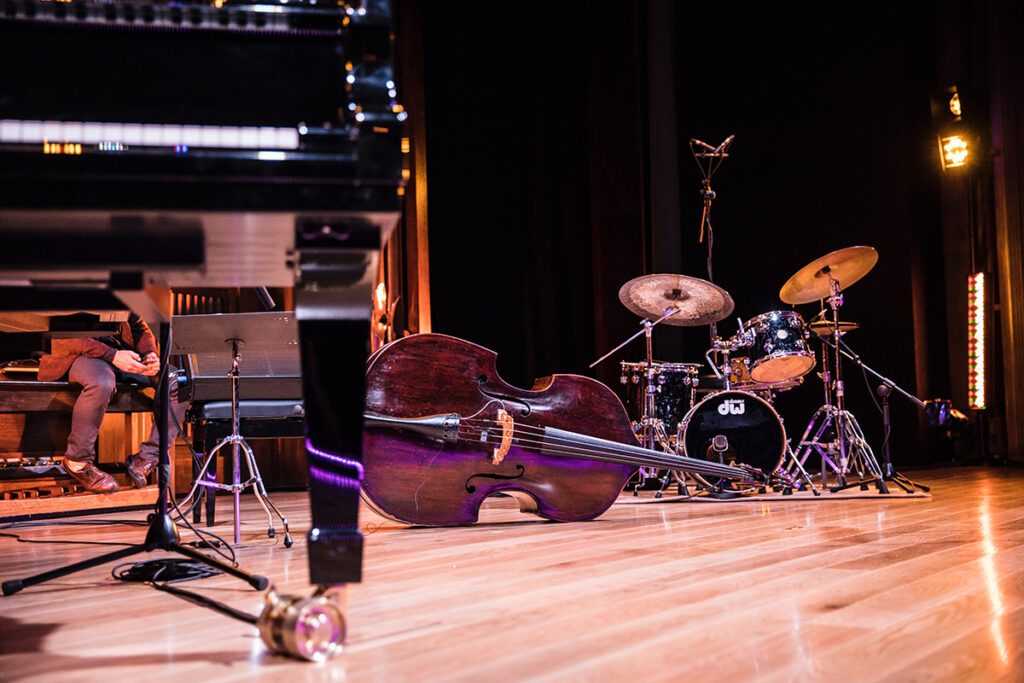
3. Get everyone involved to promote the event.
Once you have the bulk of the logistical details in place, generate one advertisement design and share it widely. Have the teachers and students in each participating program actively promote the show. Take advantage of any booster clubs associated with the performance programs to get the word out. Amplify your advertising with each group’s social media presence. Have students from each discipline embellish and hand-deliver a show invitation to their families at home and to a non-arts teacher at school. The more people who attend, the better for all arts programs involved!
4. Provide a program.
This program should have the times and locations of each performance and the performers’ names. You don’t have to design this program yourself! You can hand this task off to a classroom parent or even run a design contest with your students. Make sure this program is available for everyone. You could have it posted in a few places around the art show or print out individual copies to distribute. Don’t forget to print a few extras for the students featured in the show; many like to make these into a keepsake or add them to their portfolio.
Idea: Try a Renaissance Rally!
Your art show does not need to be at night or on the weekend. If you prefer to exhibit student work during the school day, try organizing a Renaissance Rally! A Renaissance Rally is like a sports pep rally for the arts. Work with your school leadership to create an assembly promoting all of the arts programs offered on your campus. Along with the performing arts teachers, design a captivating lineup of small group performances interspersed with slideshows of student artwork. This approach reaches the entire student body and staff.
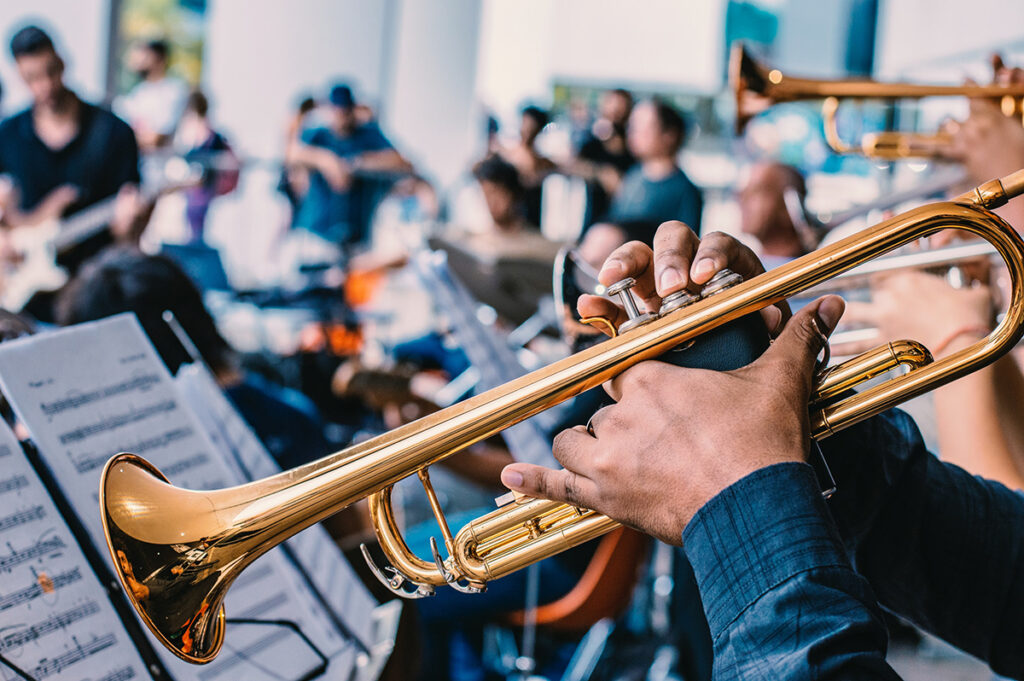
Visual art does not exist in a vacuum, and our students’ work shouldn’t have to either. Displaying artwork in the same space with a live performance can allow students to visualize the potential of their artistic reach. You can show your students they are no longer limited to creating and displaying visual art in a visual art classroom alongside visual art peers. A collaborative effort between the disciplines can foster a productive, collaborative learning environment that deepens connections between the arts and enriches your school’s cultural climate.
Are you looking for more information on setting up your art show? Check out these AOEU resources:
- 6 Ways to Partner With the Community For a Successful School Art Show
- The Label Making Secret Every Art Teacher Should Know
- Take Your Art Show to the Next Level With a Mini-Marketplace
- 10 Ways to Market Your Art Show
- Survive Your Art Show with These 5 Organizational Tips
- Planning the Perfect Art Show (Ep. 030)
- Top 10 Tips for an Amazing Art Show (Ep. 083)
- How to Beautifully Display Your Art Show Without Breaking the Bank
- Running a Successful Elementary Art Show Pack in PRO Learning
What are your plans for your art show this year?
How will you involve another on-campus program in your art show?
Magazine articles and podcasts are opinions of professional education contributors and do not necessarily represent the position of the Art of Education University (AOEU) or its academic offerings. Contributors use terms in the way they are most often talked about in the scope of their educational experiences.
